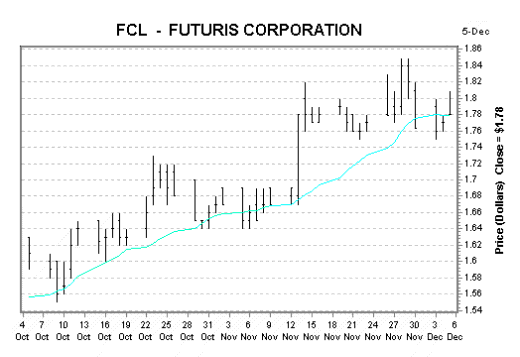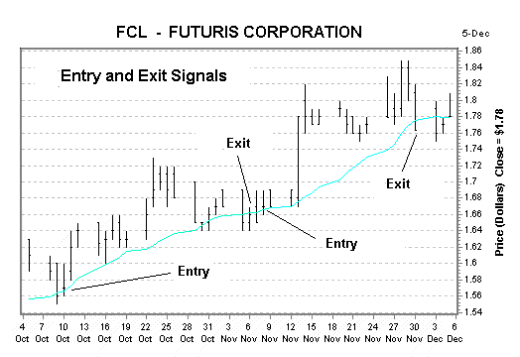- Active Investing - what is it?
- All Weather Trading Plan using Complex Theory (Parts 1 - 4)
- Asset Management (Parts 1 - 4)
- Back Testing
- Breaking out from consolidation
- Breakout trading in all market conditions
- Charting in a Nutshell
- Children of the Bear
- Fibonacci and the Golden Ratio
- Going Public
- Hull Moving Average
- MACD Breakout Trading (Parts 1 - 2)
- Making decisions with a Simple Moving Average
- Probability: do you have the stomach for it?
- Profit Taking
- Relative Strength
- Record Keeping
- Risky Business
- Short Selling
- Social Media Bubble
- Switching Gears
- Rate of Return indicator
- Time and Money
- Tools of the Trade
- Trade Warrants (Parts 1 - 4)
- Trading without spending money
- Trendlines
- Triangles
- GMMA's on Weekly Charts
- Writing Custom Indicators
Articles include:
This article is a follow up to, Trading shares without spending any money.
The last article finished in the middle of a discussion on entering and exiting the market using nothing more than a simple moving average. To briefly recap on the theme of last week's article; we were using a Simple Moving Average (SMA) to make our buying and selling decisions because we were limited to using only resources that are available for free on the Internet. The following chart was generated and downloaded for free from the Egoli Website.

The line in the above chart is a 15-day SMA and we stated a simple set of rules for entering and exiting the market.
- If the price is above the line then we can either buy or hold a share.
- If price closes below the line then we must sell the share the next day
Note that the first rule is somewhat ambiguous whereas the second rule is very concise. We need to improve the first rule by being more specific about when to enter the market. Once we have made this change we will have a set of rules that leave little room for interpretation.
- If the price closes above the line then we will buy the share if we do not already own it.
- If price closes below the line then we must sell the share the next day.
The following chart of Futuris includes entry and exit points based on our set of trading rules.

Assuming that we were to act on our entry and exit signals using the following day's opening price, our first trade would have been - buy at $1.59 & sell at $1.67 - and our second trade would have been - buy at $1.69 & sell at $1.79. These two trades combine for a total return of 10.9% over 37 trading days. Whilst this trading technique doesn't equate to the rocket science that many of us like to indulge in, it is a workable and profitable method that removes any room for indecision. And after all... it was designed for use by adolescents who are probably allergic to rocket science.